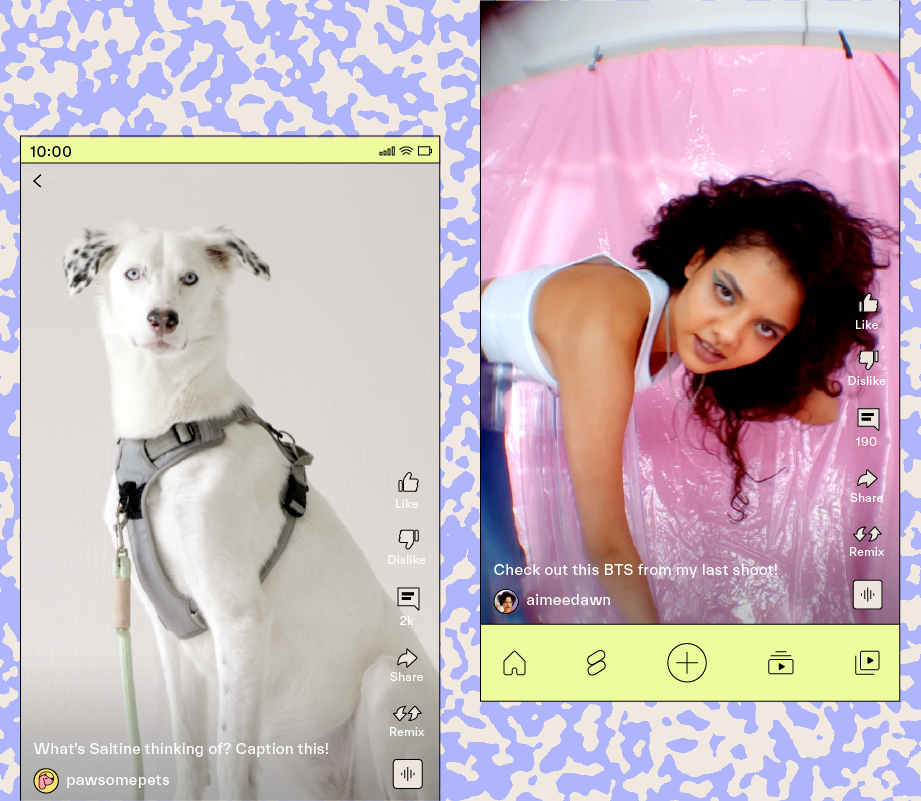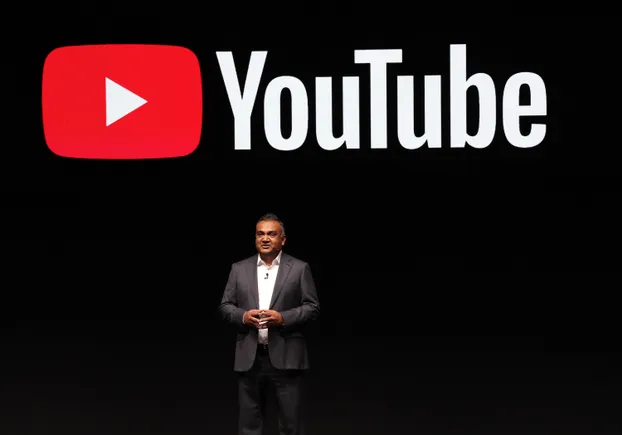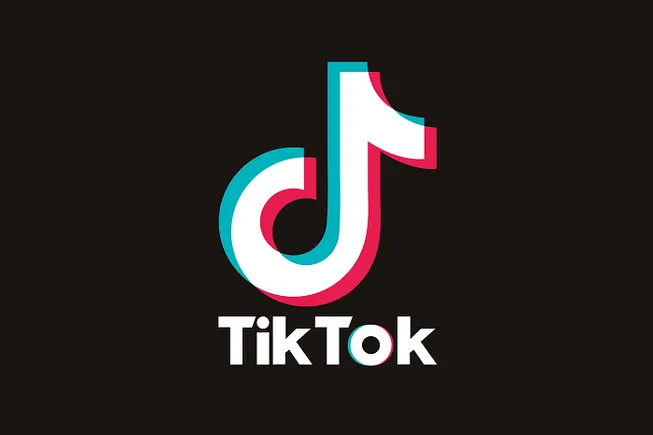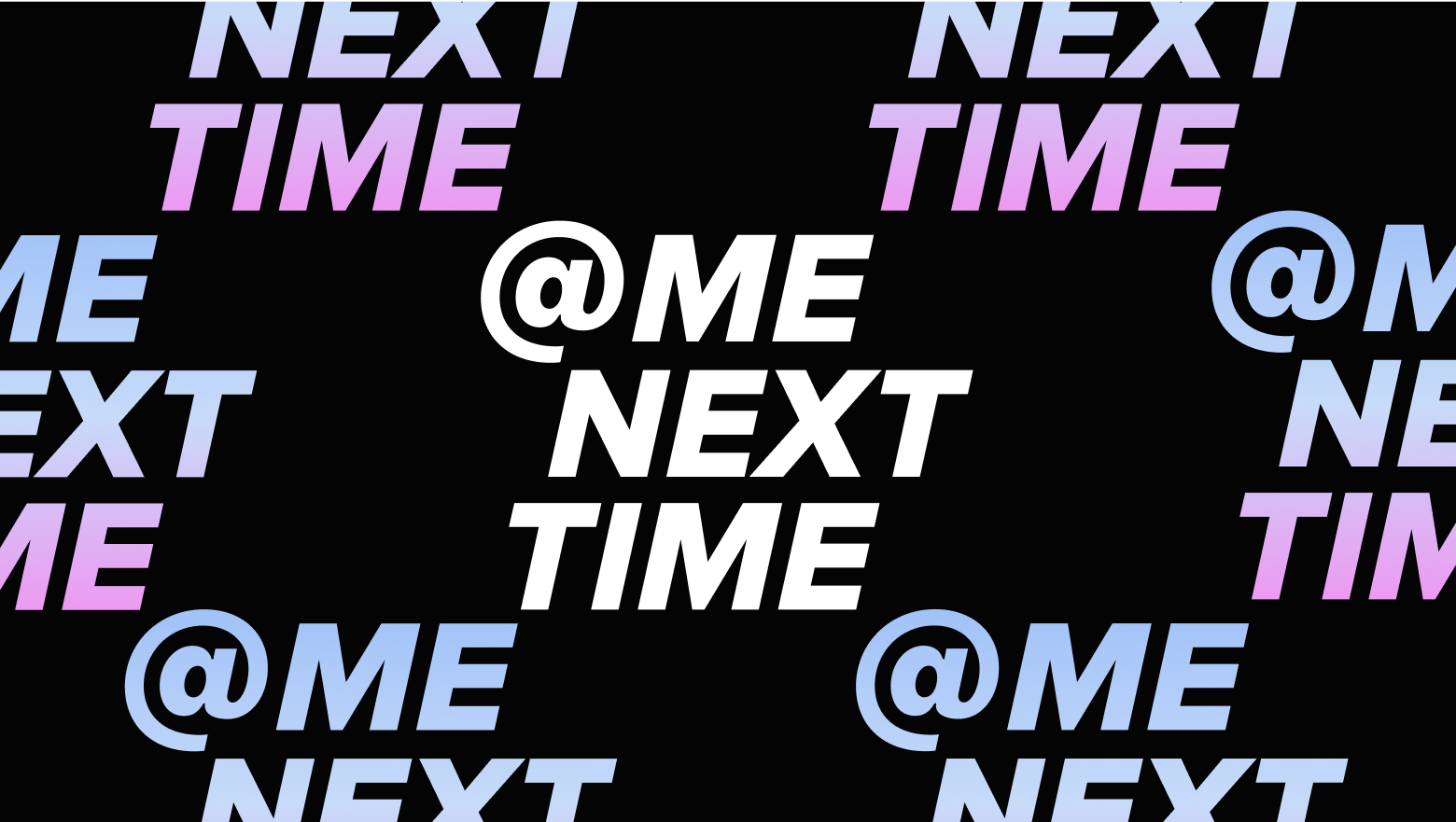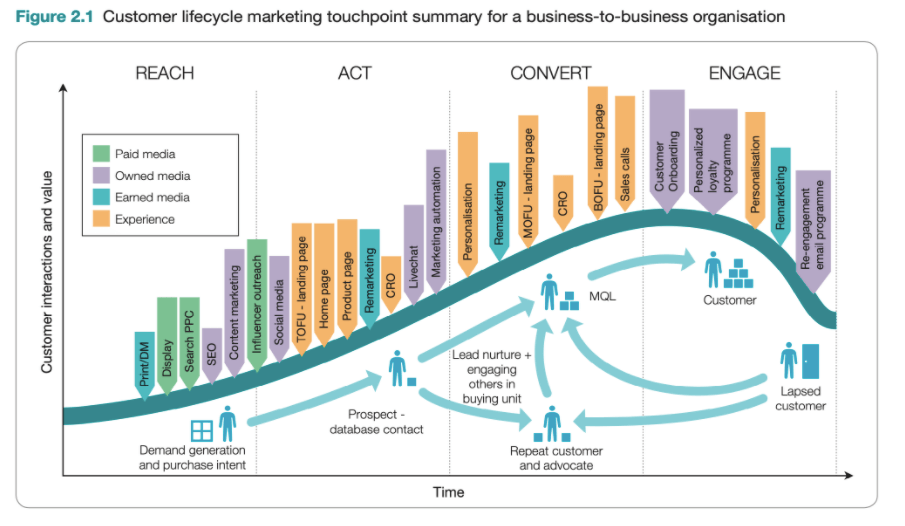Video is vital to ecommerce marketing — here’s what marketers need to know
Video in ecommerce isn’t optional anymore — it’s the bare minimum. I don’t want to read novel-length product descriptions. I want to see it, feel it, trust it. And your customers want the same.

Video in ecommerce isn’t optional anymore — it’s the bare minimum. I don’t want to read novel-length product descriptions. I want to see it, feel it, trust it. And your customers want the same.
A good video does what ten blocks of text can’t. It shows off your product and convinces people to buy fast.
How can you make it work to your advantage? I’ll take you through everything you need to know about why video is important in ecommerce marketing and how you can start implementing it today.
Table of Contents
What is ecommerce video marketing?
Ecommerce video marketing is the use of videos to promote products, boost online sales, and engage customers on ecommerce platforms and social media.
I think videos for ecommerce are super important because consumers can’t touch, see, or experience the products online like they can in physical stores. Videos help products come alive so consumers have a better idea of what to expect before buying.
For example, Thrive Causemetics is a beauty brand with high-quality, cruelty-free makeup that uses ecommerce video marketing to share tutorials and behind-the-scenes clips of their products in action on Instagram, building a more personal connection with their community.

Some common types of ecommerce videos include:
- Explainer videos
- Shoppable videos
- Product demos
- How-to videos
- Unboxing videos
- Product comparison videos
- User-made videos and testimonials
- Live selling videos
Video Marketing in Social Commerce
The following numbers are staggering.
According to HubSpot’s State of Consumer Trends, 33% of respondents have discovered products on social media in the past three months. Moreover, 1 in 4 of them prefer finding products through social platforms. Meaning, video marketing for ecommerce drives 25% of leads.

So, what type of content is working best on social media right now?
Short-form videos.
In 2025, this is the content driving the highest ROI, according to our 2025 State of Marketing Report. And live-streamed videos take third place.

TikTok and Instagram have evolved from platforms for dancing and sharing stylish photos to transforming the way people shop.
In 2024, TikTok Shop hit $9 billion in sales, showing the power of video content for ecommerce. Over 58% of GMV came directly from videos. This year, the trend has the potential to grow.
Meanwhile, Meta’s also betting big on social commerce with Facebook and Instagram, expecting to pull in around $94 million in combined revenue.
These highlights just urge you to take action and start filming, but let’s look at more business-oriented benefits.
5 Benefits of Ecommerce Video Marketing
I’ll walk you through real-world examples of ecommerce video marketing in different niches so you know what benefits you can expect.
1. Boosts Conversion Rates
Ecommerce sites using video increase conversions by 34%. Product demo and unboxing videos, in particular, give consumers greater confidence and intent to buy.
Take NovaNude, a bold women’s swimwear brand that leaned into influencer and UGC content by adding shoppable videos to their homepage.
The real-life product clips help shoppers connect with the brand, and they reported a bump in conversion rates.

Pro tip: If you’re just getting started with video marketing, download the Ultimate Video Marketing Guide.
2. Increases Average Order Value
Videos make it easier for customers to see how products work together, encouraging them to buy more, which boosts the average order value.
For instance, BarkBox, a popular U.S. pet subscription service, used video ads to highlight its best-selling dog beds on Amazon and saw a massive 595% jump in sales and a 400% return on ad spend.
Ultimately, their products ranked higher in Amazon’s search results, drove more customers, and increased their average order value.
3. Enhances Customer Trust
Our research proves that every generation from Gen Z to X likes and trusts video more than anything else on social media.
Does that mean that every video delivers results? Of course not.
It comes down to the message and the quality. Low resolution, glitches on the screen, or bad visibility are huge turn-offs.
Actually, 87% of consumers say video quality impacts their trust in a brand, showing that well-produced videos significantly enhance brand credibility and customer confidence.

4. Higher Engagement Rates
Videos generate 1,200% more shares than text and images, resulting in better engagement and reach.
Moreover, half the time people spend on Instagram goes to watching Reels, says Zuckerberg. It shows just how much attention videos get compared to photos.
On average, how-to videos under one minute get an 82% watch rate.
Even videos that last between 1 and 30 minutes still hold over 50% of viewers’ attention. This makes them a great way to boost engagement with product tutorials, helping potential customers understand how a product works before purchasing.
For example, check out this NutriBullet video where the influencer makes a milkshake:

It’s short, punchy, and grabs your attention. You see the power, the speed. It looks cool and effortless. Kinda makes you want to buy one and blend something yourself, right?
And the results speak for themselves — over 80k views and pretty solid engagement:

5. Improves SERP Rankings
That extra time on-site people spend while watching videos sends a strong signal to search engines that your content’s worth sticking around for.
I think that’s actually quite fascinating because Google has been saying that behavioral signals like dwell time don’t directly boost rankings. On the other hand, SEOs and SEO studies report the opposite.
Take Backlinko’s 11.8 million Google search results report. After analyzing this sheer number, they discovered that the average time on site for a Google first page result is 2.5 minutes. Moreover, “increasing time on site by 3 seconds correlates to ranking a single position higher in the search results.”

What’s next?
Read on for detailed tutorials on the trickiest parts of ecommerce video marketing.
Amazon Video Marketing: An Overview
Amazon video marketing refers to the use of video content like product demos, sponsored brand videos, live shopping streams, and influencer collaborations within Amazon’s ecosystem.
The main goal?
Engage shoppers, showcase products, and drive sales. This includes video ads placed in search results, on product detail pages, within Amazon Live streams, and across Amazon’s expanding streaming platforms.
Amazon pointed out two important facts on this matter:
- Adding videos to your listings can boost sales by up to 9.7%.
- Shoppers who watch videos are 3.6 times more likely to buy than those who don’t.
If I’m shopping for a standing desk with adjustable height, I’d 100% go for one that has a video showing how long it takes to set up and how it actually looks in a room.

How to Create an Amazon Video Marketing Strategy
I’ve gone through tons of LinkedIn posts, expert guides, and video tutorials to pull out the most practical, reliable tips out there.
So in this guide, I’ll show you how to build a strong Amazon video marketing strategy — step by step, from the ground up.
1. Understand your video placement options on Amazon.
Videos can appear in multiple places on Amazon, and each has different advantages. The placement and type of video you choose will depend on your business goals.
- Product detail page videos. These live in the “Related video shorts” section. These are informational product videos that show how your product looks and functions. They are good for people in the consideration stage who are looking for a specific product and comparing offerings.
- Amazon storefront videos. Found on your brand’s store page, this placement is great for top-of-funnel videos to introduce people to products you offer they might not have been aware of.
- Amazon Live. Real-time shoppable livestreams, these are ideal for demonstrating your product and for selling to customers ready to buy on the spot.
- Amazon posts with video (beta). Organic-style placements with video. Capture customers’ attention once they have entered a search query.
- OTT (Over-the-top) video ads. On Fire TV, IMDb TV, etc., for bigger-budget brands.
- Amazon sponsored brands video ads (SBV). These appear in search results, but they are paid ads, not organic videos. Choose this option for extra promotion.

2. Define your business goal.
As always, you must decide what you want the video to achieve before making it. Do you want to:
- Drive clicks and conversions?
- Educate customers to grow trust?
- Boost product reviews?
The goal will guide the type and tone of your video content, plus your placement choice.
3. Know your audience inside out.
In addition to other audience research tools, I highly recommend using Amazon Analytics (Brand Analytics, Search Term Report, etc.) to understand:
- Who your buyers are.
- What keywords they search.
- What problems they’re trying to solve.
Then, craft videos that match their pain points and stage in the funnel.
Pro tip: Amazon’s search term reports in bulk sheets show what shoppers searched when your ad appeared, helping you quickly spot winning or weak keywords. They’re built into the file and make it easier to update targeting with all the key IDs in one place.

4. Align video format with your goals.
Once you know your business goal and audience, it’s time to choose the format. In my research, I found these are the strongest performing formats for Amazon:
- Explainer or Demo Videos. Show how the product works.
- Comparison Videos. Show your product vs competitors.
- Testimonial Videos. Real users sharing results.
- How-to Videos. Especially useful for tools, gadgets, or food.
- Quick 30-45s Ads. Optimized for SBV (autoplay muted in search).
- Unboxing Videos. Great for premium or complex products.
I suggest selecting multiple formats and experimenting to see what works best for your product and audience.
5. Follow Amazon’s video guidelines.
Amazon Video ads let you run autoplay (muted) videos across Amazon’s sites, apps, and Fire tablets.
Your video shows up in spots like the homepage and product pages, and it starts playing when it’s at least halfway visible.

When it comes to video ads, there are specific rules and basics you need to know:
- Go with 1920x1080, under 500 MB, max 3 mins (but 15 sec is ideal).
- No clickable buttons inside the video — Amazon handles the CTAs.
- You’ll need a brand logo, short headline (up to 50 characters), and a CTA like “Shop now.”
- Fire tablet ads can have custom backgrounds and poster images, but they need to follow Amazon’s layout rules.
6. Optimize videos for search and conversion.
To gain the most visibility, I recommend optimizing your videos with the following these best practices:
- Include high-ranking keywords in your video headline/title.
- Use clear CTAs like “Learn more,” “Buy now,” etc.
- Highlight key features and unique benefits in the first 5-10 seconds.
- Add text overlays to boost clarity since videos autoplay muted.
7. Launch and test.
Now it’s time to see how your videos perform! I’ve found these tests and metrics help optimize performance:
- Use A/B testing to compare different videos (e.g., different scenarios or colors).
- Track performance via Amazon Ads Console: CTR, CVR, ROAS.
- Pause underperformers and double down on winners.
8. Reuse and repurpose.
Spot a winning video that strongly delivers ROI?
Here’s what I suggest you do next to make more out of these videos:
- Upload winning videos to product pages.
- Add them to your Amazon storefront.
- Cut shorter clips for Amazon Posts or social media.
- Use for Amazon Live streams or influencer campaigns.

9. Monitor and iterate.
A video strategy for Amazon is not a one-and-done thing. Keep tabs on:
- Engagement metrics (views, watch time, clicks).
- Conversion rate lift from pages with video vs without.
- Review customer questions — turn them into new video topics.
Then tweak and iterate your strategy for future videos to keep improving their performance and ROI.
Now, your task is to take a pen and map out your strategy, adhering to these nine steps. But one question might still linger…
How to make Amazon product videos that actually convert?
I watched a great video by Ian Smith, who breaks down how to create high-converting product videos for your Amazon listings. It’s packed with smart tips, especially if you’re doing it yourself or on a budget.
Here’s a recap of how to replicate his strategy:
Step 1: Nail the basics — lighting, angles, and quality.
- Use the highest-resolution camera you have (newer iPhones work great).
- Bright white lighting is key — no dim, moody setups here.
- Show every angle of the product. Get in close with smooth pans (use 60-120 fps to slow it down in post and make it look pro).
- Clearly show what’s included in the box — no surprises, no returns.
- Add scale references (like a dollar bill or a person’s hand) so shoppers understand the size.
Step 2: Build trust with realistic, honest videos.
- Don’t go too polished — overly produced videos can actually make shoppers skeptical.
- Keep it real. Show the product how it actually looks when unboxed.
- Include a demo. Show how to use it, set it up, and turn it on.
- Use lifestyle shots. For example, put a kitchen product next to everyday items to help people imagine it in their space.
- Show actual dimensions and consider adding text overlays with measurements.

Step 3: Handle objections before they happen.
- Set expectations clearly. No batteries? Say so.
- Avoid using any props in your video that aren’t included in the package.
- Address common concerns by checking your competitors’ negative reviews and FAQs.
- Talk about how fast results come or how easy the setup is — answer those silent questions in your buyer’s head.
If you’re an Amazon seller, this strategy can help turn casual browsers into actual customers. It’s all about clarity, trust, and making it as easy as possible for someone to say “yes” to your product.
With that, let’s explore another great video marketing tactic for ecommerce.
Live Stream Product Marketing: An Overview
Live stream product marketing is a real-time video marketing strategy where brands showcase their products live. It often happens on Instagram, Facebook, TikTok, YouTube, or Amazon Live.
It’s a mix of entertainment and sales, where hosts (influencers or brand reps) engage viewers, show products, answer questions, and offer exclusive deals. Meanwhile, viewers watch and shop instantly.
- Live shopping pulls in conversion rates between 9% and 30% — way higher than the usual 2-3% you see on regular ecommerce sites.
- The same study reveals that 73% of shoppers say they’re more likely to buy something after watching a live shopping event.
Why does it work?
I find consumers crave real, unfiltered content. It builds trust, drives urgency, and encourages instant purchases — especially when there’s a countdown, limited stock, or special promo code involved. It’s also interactive, which keeps audiences engaged longer than traditional ads.
How to Create a Live Video Marketing Strategy in 5 Steps
I picked these tips directly from TikTok and turned them into a simple guide for your ecommerce live video marketing strategy.
Note: It doesn’t apply only to TikTok, but also to Instagram, Facebook, and other platforms.
Step 1: Craft your live script.
Have a script ready, but make sure you don’t sound like a TV host. I recommend using it to stay on track during the stream, but keep it natural. Be confident and authentic.
A script is your foundation.
For each product, I recommend you explain:
- What problem it solves.
- How it works.
- Real customer stories or reviews.
- Social proof.
- Why they should buy now, not later.
Add giveaways, fun prompts, or viewer goals to boost engagement.
Step 2: Schedule your lives.
Go live at least once a week (30-60 minutes).
- As you grow, aim for 2-3 lives per week.
- Figure out when your audience is most active on TikTok or your platform of choice.
- Stick to a regular schedule so viewers know when to tune in.

Step 3: Promote before you go live.
For a live video to work, customers need to show up. So it’s your job to tell them when you’ll be live. Start promoting 2 weeks ahead, according to TikTok’s analytics.
I suggest some creative promotion, like:
- Tease flash sales, exclusive deals, or live-only offers.
- Post preview videos to build hype around the products.
- Create curiosity so people are excited to join and shop.
Step 4: Go with seasonal trends.
While you can sell live all year round, I think aligning some live sessions with shopping events like Black Friday, holidays, back-to-school, etc., can be super profitable. Consider:
- Creating seasonal offers and limited discounts.
- Featuring relevant products and special bundles.
- Going live during peak shopping times to tap into the buzz.
Step 5: Mix your products smartly.
I recommend starting with your best-seller (your “hero” product), then throwing in others that offer additional value to your customers. You can:
- Add a low-cost, high-value item to attract new customers.
- Offer exclusive deals for loyal followers.
- Bundle products to increase sales and encourage bigger carts.

Want more guidance just for Facebook Live? This comprehensive guide will help you succeed.
4 Tips for High-ROI Ecommerce Videos
With content flying everywhere, your videos need to actually earn attention. Here’s how I’ve found you can make that happen.
1. Use short-form video and visual storytelling.
No one’s got time for long-winded content anymore. They want something fast, real, and eye-catching. In 2025, short-form videos and influencer partnerships are driving the biggest ROI.
For instance, look at brands like Gymshark. Their Instagram is full of short, impactful workout clips and influencer-driven campaigns.

We’re way past just filming products on shelves or hangers. If you want to grab attention, you’ve got to:
- Show it in action — how does it look on a real person?
- Show someone actually using it — people want to see the experience.
- Make it fun — humor sells and keeps people hooked.
Check out our short-form video guide for more tips.
2. Post your content at the right time.
Working with so many brands has taught me one thing: The timing of your posts matters as much as their quality. Miss that sweet spot, and it’s like your content doesn’t even exist.
So, what’s the best time to post?
Based on our research, here’s a quick guide to posting frequency and timing for each platform.
- Facebook: 12–3 PM, Saturday. Post 1-3 times a day.
- Instagram: 12–3 PM, 6–9 PM, Saturday. Post several times daily.
- TikTok: 6–9 PM, Saturday. Post multiple times a day.
- Pinterest: 12–3 PM, Saturday. Post multiple times a day.

Pro tip: Use tools like HubSpot Social Media Management Software to schedule your posts and ensure your content is published at prime times for the best possible engagement.
With its bulk scheduling feature, you can plan and schedule up to 300 posts with a single upload.
Watch HubSpot’s super guide on how to automate your entire social media presence in just 2 hours! From AI-powered content creation to scheduling and customer service automation.
3. Write awesome scripts.
No script, no good video. Simple as that. You’ll just ramble, miss the point, and throw in a bunch of useless clips.
If you want your video to perform well, do proper research and write the script your audience will love.
Compared to before, it’s easier than ever to get the perfect script, scenes, voiceover, and everything thanks to AI. Nearly 50% of marketers agree and use it exactly for this purpose. Another 59% use it to auto-generate captions and transcriptions.

Pro tip: HubSpot’s AI Content Writer helps you draft video scripts, outlines, or catchy hooks in seconds with a single prompt. It’s built right into the platform, so you can create and edit scripts without switching tools. Perfect for saving time + beating writer’s block.
But don’t rely too heavily on the robots. I highly recommend you read it out loud to spot weird wording or robo-flow. Be sure to add “you” to the script.
4. Don’t make your videos and intros too long.
According to Wyzowl’s 2024 report, 39% of marketers find 30-60 seconds to be the most effective video length, followed by 1-2 minutes (28%).
Videos under 30 seconds are preferred by 18%, while only 5% find videos over 3 minutes effective.

People don’t like slow, boring, and long intros either. If your hook doesn’t grab attention, it doesn’t matter how long, short, good, or bad the rest of the video is — people just won’t watch it.
TikTok research shows that over 63% of top-performing videos with the highest CTR get to the main message or product in the first 3 seconds.
This year, ecommerce revolves around video.
As I said from the very beginning, video is not an option but a necessity for ecommerce.
What will work best for your business, you’ll only know by testing and following step-by-step tutorials I created for you. Use AI tools to streamline your efforts and save time in abundance. Build a strategy for every move you make. Implement it. Adjust as needed. Track your results.
And keep in mind: Your customers today want to see more and read less. Give it to them, and you’ll win.
Editor's note: This post was originally published in February 2016 and has been updated for comprehensiveness.
![]()



















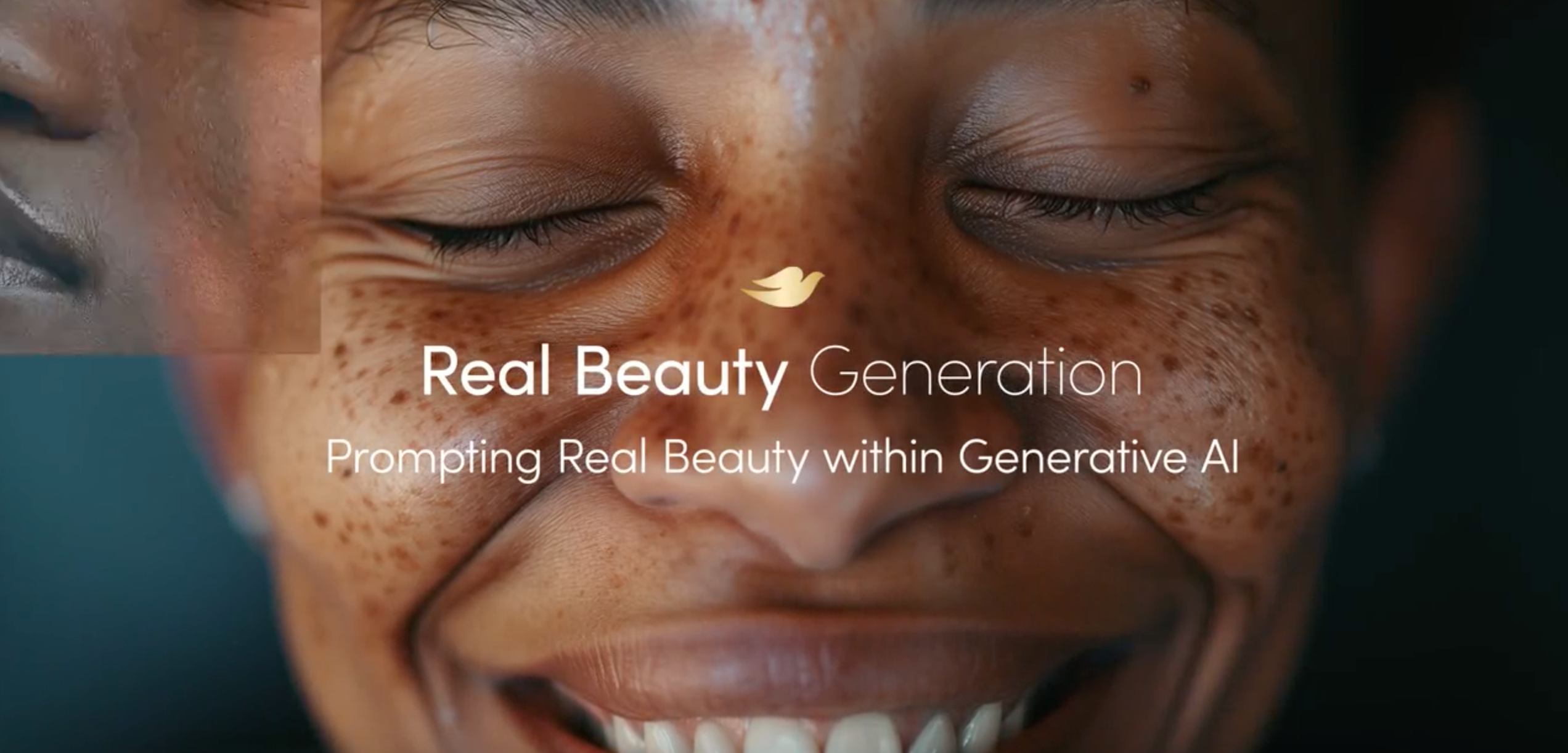





![How To Drive More Conversions With Fewer Clicks [MozCon 2025 Speaker Series]](https://moz.com/images/blog/banners/Mozcon2025_SpeakerBlogHeader_1180x400_RebeccaJackson_London.png?auto=compress,format&fit=crop&dm=1750097440&s=282171eb79ac511caa72821d69580a6e#)

![Brand and SEO Sitting on a Tree: K-I-S-S-I-N-G [Mozcon 2025 Speaker Series]](https://moz.com/images/blog/banners/Mozcon2025_SpeakerBlogHeader_1180x400_LidiaInfante_London.png?auto=compress,format&fit=crop&dm=1749465874&s=56275e60eb1f4363767c42d318c4ef4a#)

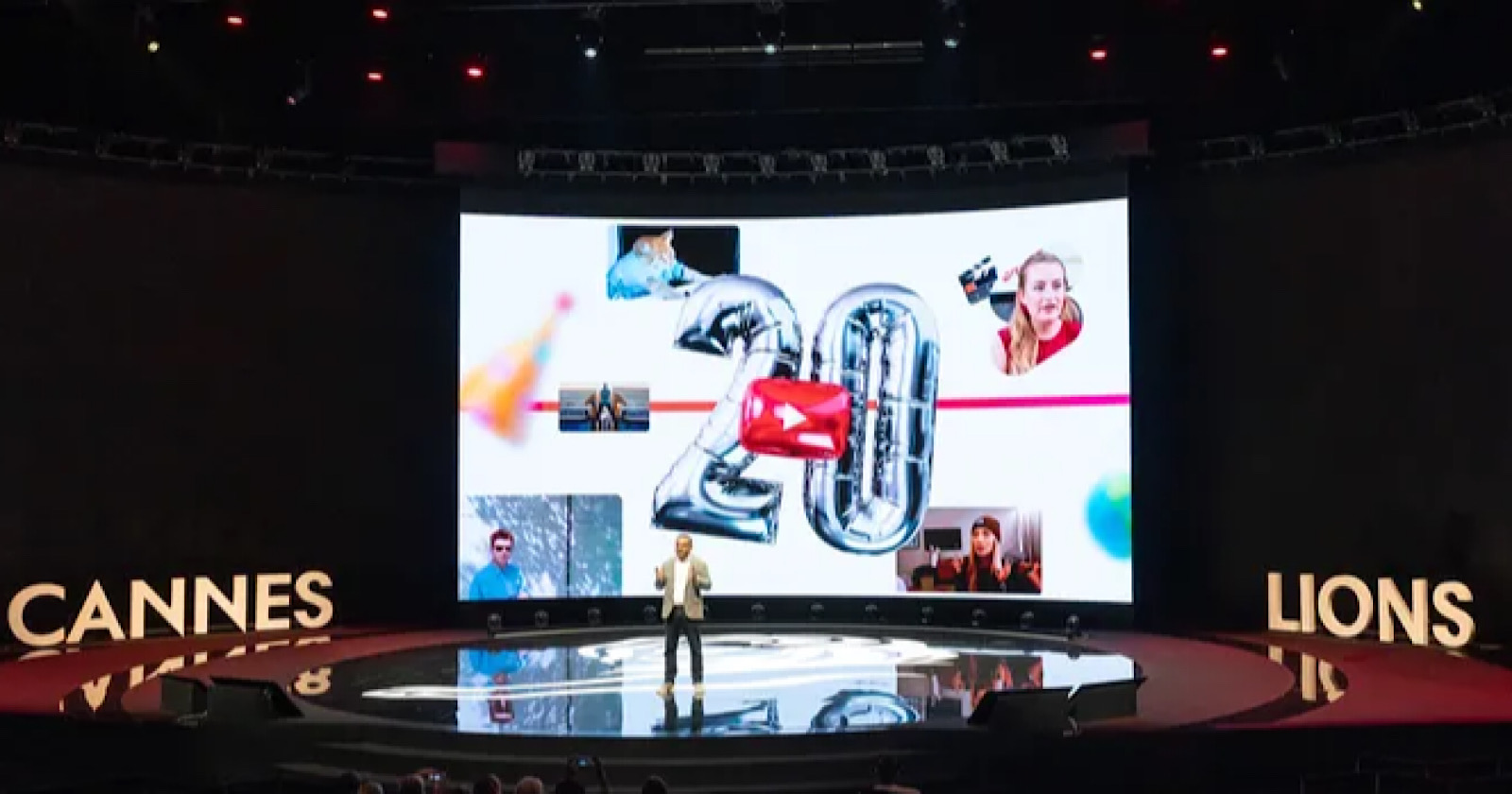







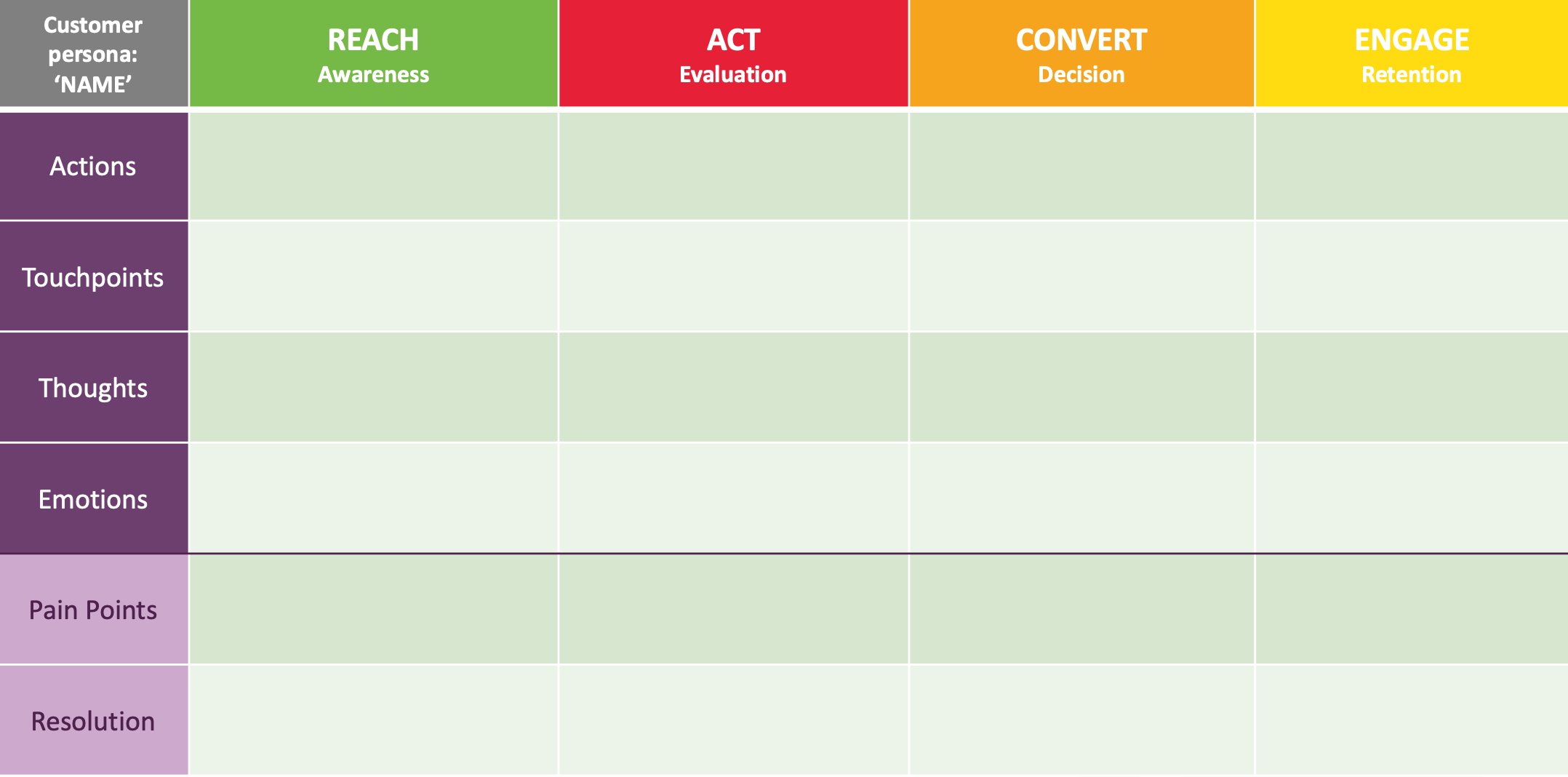


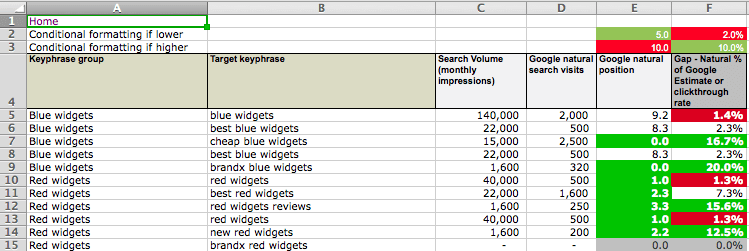












![The 11 Best Landing Page Builder Software Tools [2025]](https://www.growthmarketingpro.com/wp-content/uploads/2024/04/best-landing-page-software-hero-image-1024x618.png?#)



































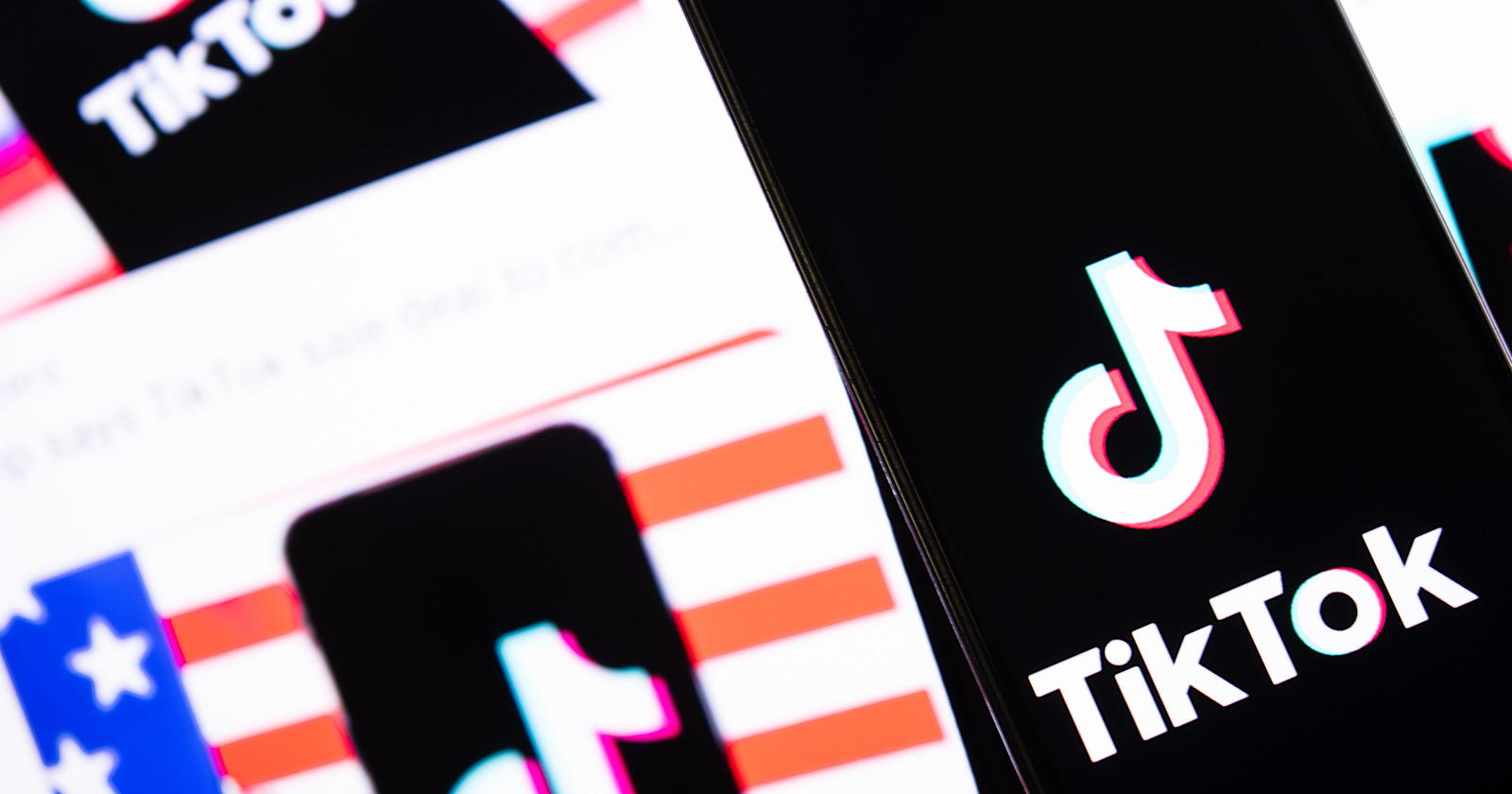

![How to Create an SEO Forecast [Free Template Included] — Whiteboard Friday](https://moz.com/images/blog/banners/WBF-SEOForecasting-Blog_Header.png?auto=compress,format&fit=crop&dm=1694010279&s=318ed1d453ed4f230e8e4b50ecee5417#)
![How To Build AI Tools To Automate Your SEO Workflows [MozCon 2025 Speaker Series]](https://moz.com/images/blog/banners/Mozcon2025_SpeakerBlogHeader_1180x400_Andrew_London-1.png?auto=compress,format&fit=crop&dm=1749642474&s=7897686f91f4e22a1f5191ea07414026#)
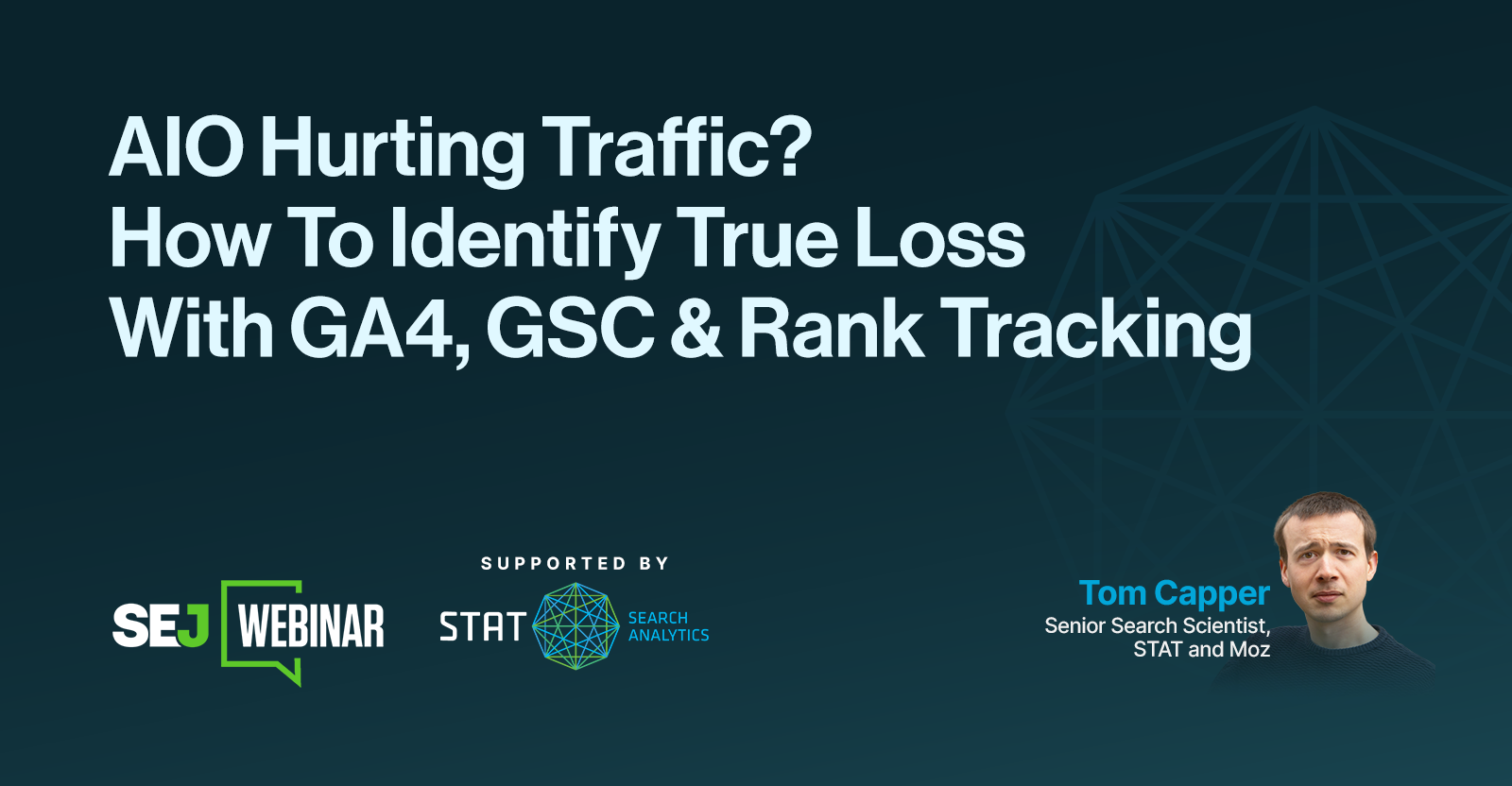








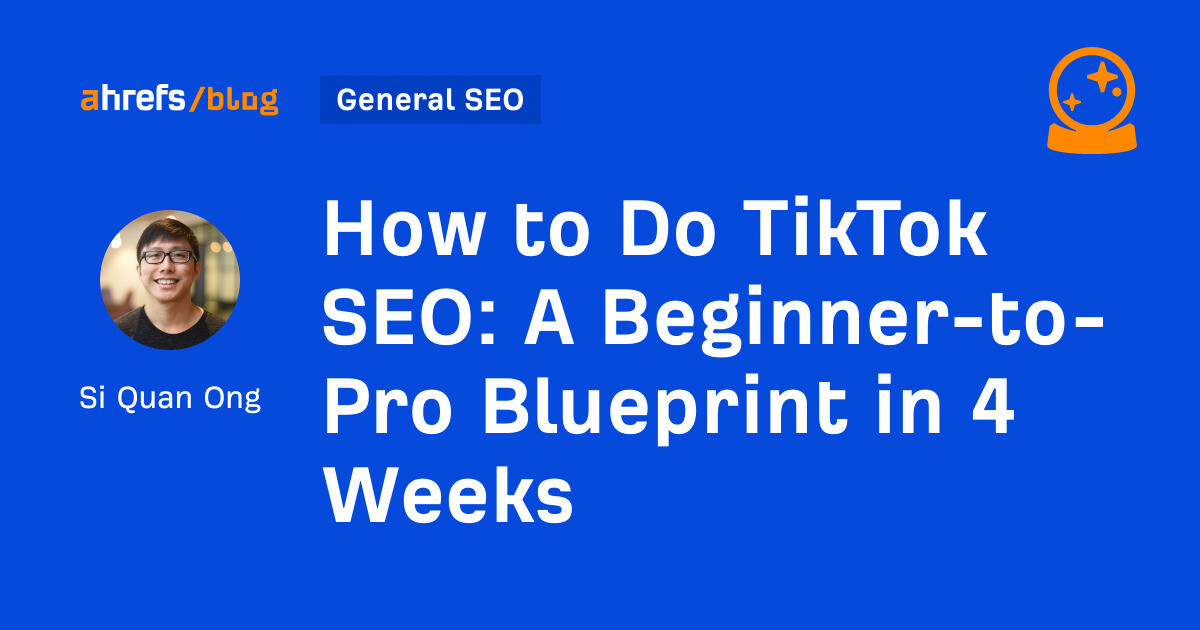

![AI Content Is 4.7x Cheaper Than Human Content [+ New Research Report]](https://ahrefs.com/blog/wp-content/uploads/2025/06/ai-content-is-4.7x-cheaper-than-by-ryan-law-data-studies.jpg)



![The Largest Communities on Reddit [Infographic]](https://imgproxy.divecdn.com/vfTS-YsC_ZrqM6F4tAXJgV6qj3gCHSsf2dvHufDbrrQ/g:ce/rs:fit:770:435/Z3M6Ly9kaXZlc2l0ZS1zdG9yYWdlL2RpdmVpbWFnZS9sYXJnZXN0X3JlZGRpdF9jb21tdW5pdGllczIucG5n.webp)


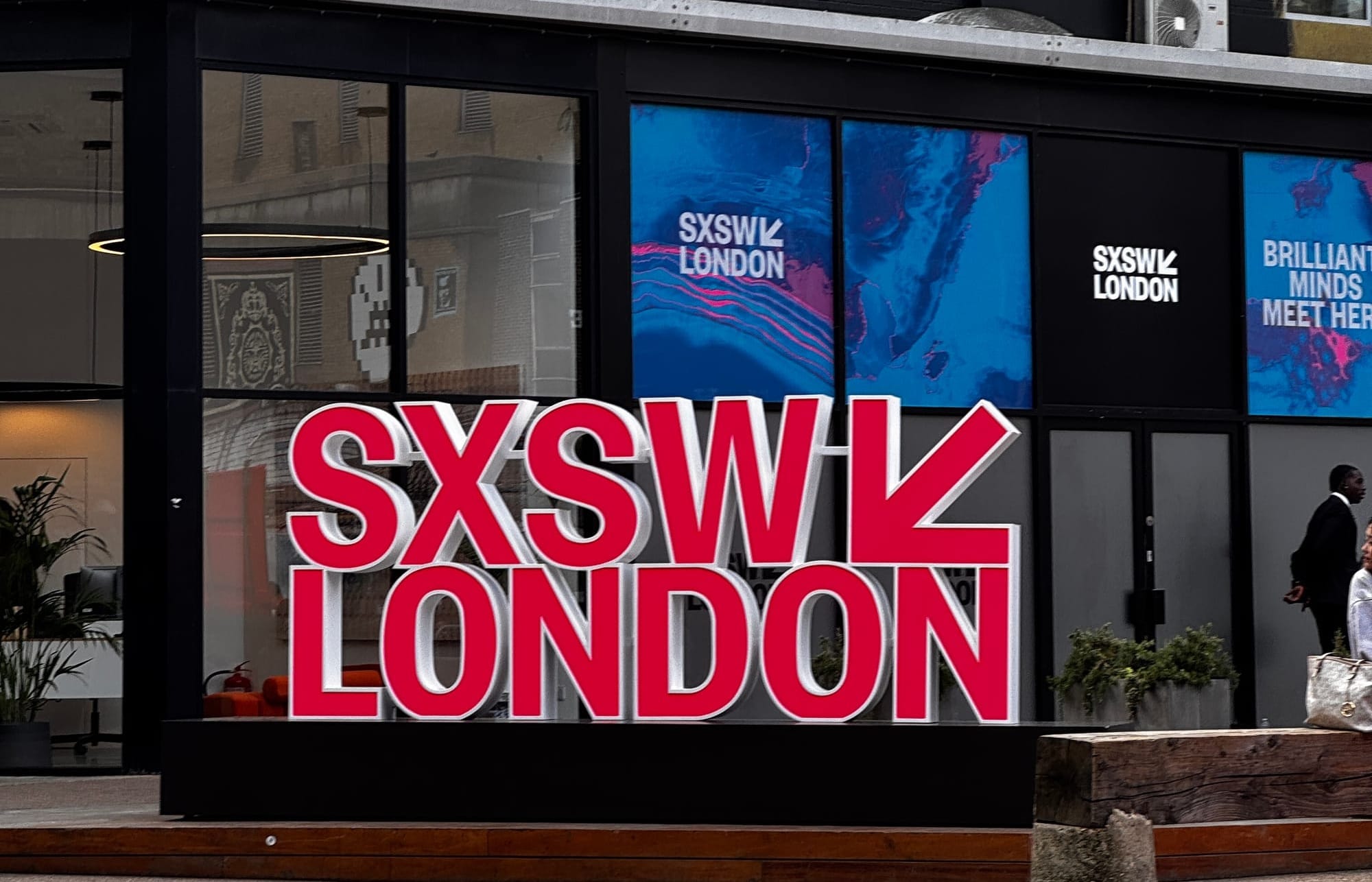






![Brand pitch guide for creators [deck and email templates]](https://blog.hootsuite.com/wp-content/uploads/2022/06/brand-pitch-template.png)




